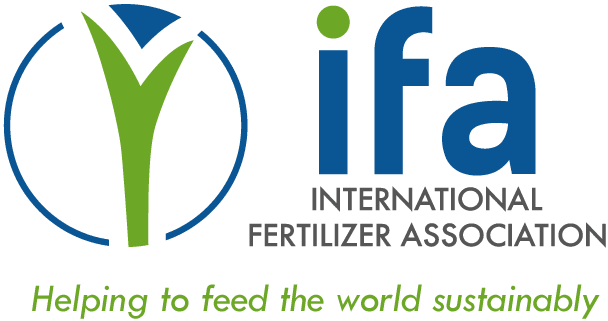Food and Nutrition Security
About fertilizers
Fertilizers are used across the globe to support sustainable agricultural production, and it is estimated that half the food we eat is produced thanks to mineral fertilizers.
Food and nutrition security exists when all people, at all times, have physical, social and economic access to sufficient, safe and nutritious food. The Food and Agricultural Organization of the United Nations (FAO) estimates that almost 9% of the world population (690 million people) were undernourished in 2019. At the same time, micronutrient deficiencies affect an estimated 2 billion people globally.
Producing enough food, feed, fiber and bioenergy for a world population of almost 10 billion people by 2050 requires an increase of agricultural production of at least 50%. Because it must be achieved without expanding the cropped area in order to avoid greenhouse gas emissions and biodiversity losses associated with deforestation and other land use changes, crop yields must be enhanced. This cannot be accomplished without fertilizers, which will replace nutrients removed from cropland with the harvested product.
“More than 9 percent of the world population (690 million people) were undernourished in 2019.”

The fertilizer industry recommends prioritizing sustainable intensification (growing more food on the same amount of land with reduced effects on the environment) as one of the most resource-efficient solutions to managing land use and avoiding further deforestation.
While producing enough calories is vital, nutritional of food quality must be improved by supporting production of harvests rich in proteins, essential amino acids and fatty acids, minerals, vitamins, antioxidants and other compounds of importance for human nutrition and health.
Fertilization practices can help address zinc (Zn), iodine (I) and selenium (Se) deficiencies in humans, which are largely correlated to deficiencies in those nutrients in soils. Fertilizers enriched with Zn, I or Se, applied to the soil or through foliar sprays, can sharply increase grain density in these nutrients for the benefit of human health. While Zn enrichment benefits crop yields, Se and I enrichment requires incentives to encourage adoption.
